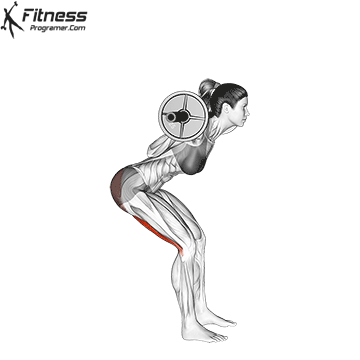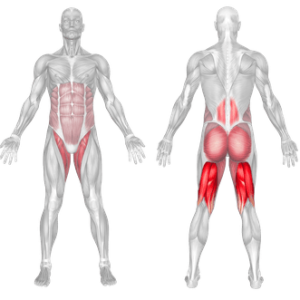How To Do Good Morning Exercise

1- Holding your body upright, position a barbell behind your neck and resting on the upper back. Keep your knees slightly bent and your spine neutral.
2- Bending slightly at your knees and hips, start to lean forward under control. Keep your chin up—it will stop you from rounding your back.
3- Lean forward by pivoting at the hip. Continue lowering your chest, keeping the back neutral and allowing your knees to bend slightly.
4- Flex as far as you can. With practice, your back may be parallel to the floor. Return to the start position, breathing out as you go.
Good Morning Exercise Benefits
- A good morning exercise is a hip hinge movement that helps strengthen your butt and legs by targeting your back, hamstrings, glutes, and adductors.
- When done right, a good morning workout is effective for strengthening your back and making it more flexible. However, if you have just started, it is recommended to try the movement with empty weight.
Muscles Worked in The Good Morning Exercise

